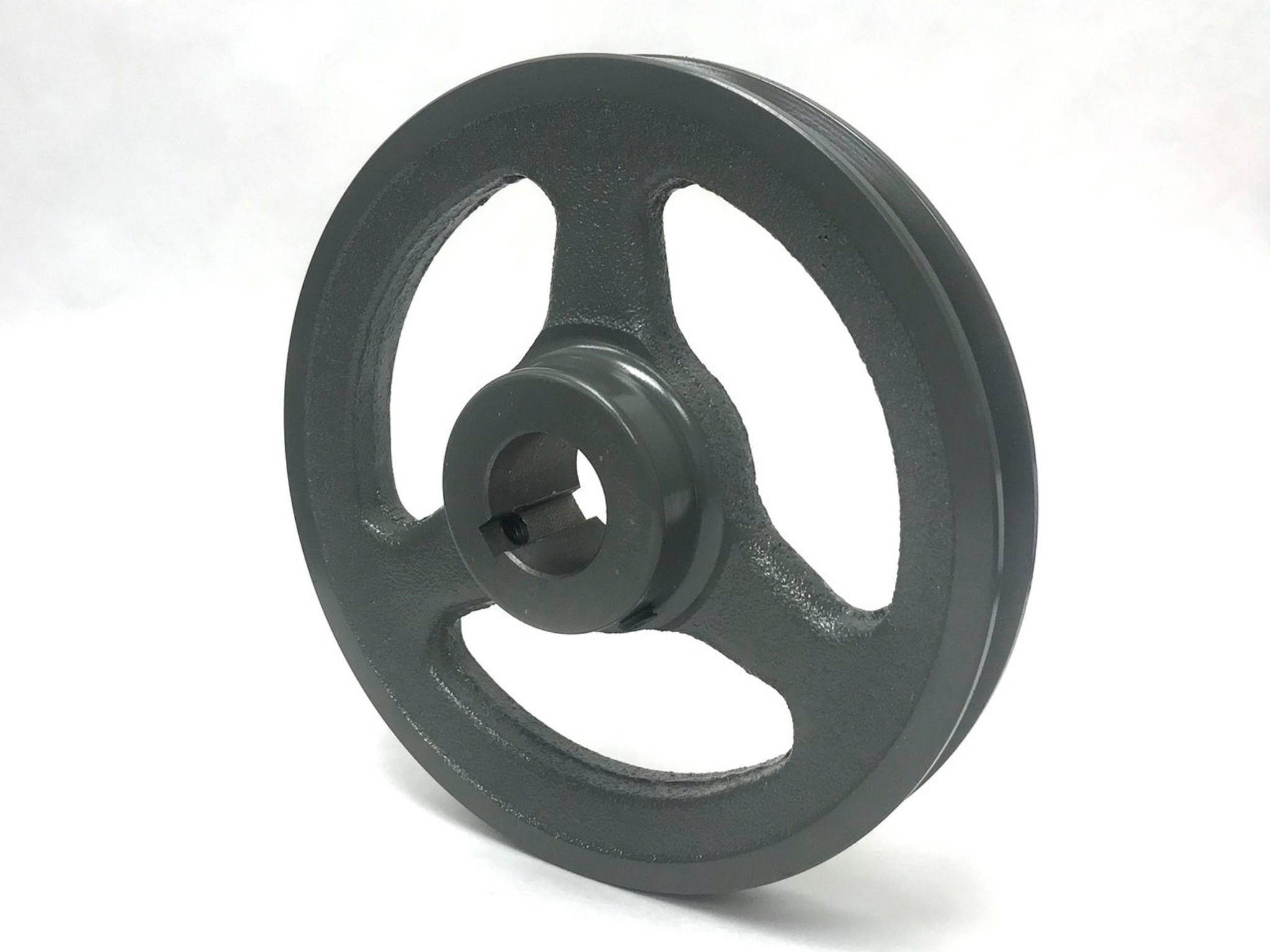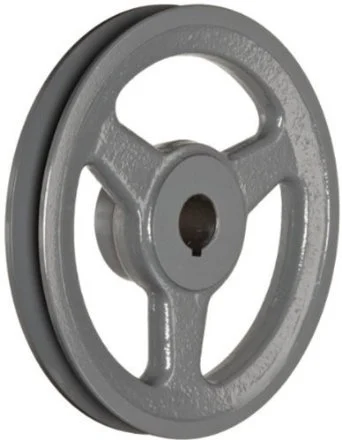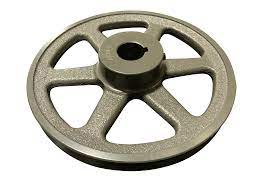Product Description
Die Casting Double Pulley
Product Specification
| Material | Zinc Alloy |
| Surface | Zinc Plated |
| Size | 3/4 to 1-1/2 inch |
| Packing | Carton and pallet |
| Origin | HangZhou,China |
Company Information:
HangZhou CHINAMFG is a professional manufacturer which produces the following products: stainless steel elbows,hackles,wire rope clips,turnbuckles,thimbles,pully,wire ropes,pulley,Tee,glass clamp,swivel,snap hook, hooks, load binders,chains etc.
We have been in this line for 10 years. We sincerely hope to establish long and stable business cooperations with your company.
We confirm you good quality, best price, best service and punctual delivery time.
If you have any inquirys in our line, please feel free to contact us.
We will try all our best to support you.
FAQ
1. Can I be your agent?
Yes, welcome to deep cooperation. We have big promotion of CHINAMFG brand in the market now. For the details please contact with our overseas manager.
2. Is OEM available?
Yes, OEM is available. We have professional designer to help your brand promotion.
3. How can I get a sample to check your quality?
After price confirmation, you can require for samples to check our quality. Free for the samples, but you have to pay for the freight.
4. Are the products tested before shipping?
Yes, all of our products were qualified before shipping. We test every batch every day.
5. What’s your quality guarantee?
We have different kinds of products which can meet different quality standard.
Haito QC department will teset products before shipping. We have 100% quality guarantee to customers. We will be responsible for any quality problem.
6. How about the delivery time?
The delivery time is depend on the products and the quantity. But generally, the delivery time for a container is about one month.
7. What’s benefit will you bring?
Your client satisfied on the quality.
Your client continued orders.
You can get good reputation from your market and obtain more orders.
/* January 22, 2571 19:08:37 */!function(){function s(e,r){var a,o={};try{e&&e.split(“,”).forEach(function(e,t){e&&(a=e.match(/(.*?):(.*)$/))&&1
| Casting Method: | Special Casting |
|---|---|
| Casting Form Material: | Metal |
| Casting Metal: | Cast Steel |
| Casting Form Usage Count: | Semi-permanent |
| Surface Treatment: | Galvanized |
| Surface Roughness: | Ra0.05 |
| Customization: |
Available
| Customized Request |
|---|

Can cast pulleys be used in mining and quarrying equipment?
Yes, cast pulleys can be and are commonly used in mining and quarrying equipment. They serve various purposes in these industries, contributing to the efficient and reliable operation of equipment used for extracting and processing minerals and aggregates. Here’s a detailed explanation of how cast pulleys can be used in mining and quarrying equipment:
- Conveyor Systems: Mining and quarrying operations often rely on conveyor systems to transport bulk materials, such as ores, coal, gravel, or crushed stone. Cast pulleys are employed in conveyor systems to guide and redirect the conveyor belts, facilitating the movement of materials along specific routes. They ensure smooth and controlled material flow, allowing for efficient transportation and minimizing the risk of belt misalignment or damage.
- Crushers and Screens: Cast pulleys are utilized in crushers and screens, which are essential equipment in mining and quarrying operations for processing raw materials. They can be used to drive the rotating components of crushers, such as jaw crushers, cone crushers, or impact crushers. Cast pulleys provide the necessary mechanical power transmission to crush or screen the raw materials, enabling the extraction of desired minerals or the production of aggregates.
- Material Handling Systems: In mining and quarrying equipment, cast pulleys are employed in various material handling systems. For instance, they can be used in bucket elevators to lift and transport bulk materials vertically. Cast pulleys provide the driving force required to lift the materials and ensure smooth movement. They are also used in hoists and winches for lifting heavy loads or extracting minerals from underground mines or quarries.
- Processing Equipment: Cast pulleys play a role in the functioning of processing equipment used in mining and quarrying operations. This includes equipment such as mills, separators, flotation cells, or magnetic separators. Cast pulleys may be used to drive the rotating components of these machines or assist in the movement of materials within the processing systems. They contribute to the efficient processing of raw materials and the extraction of valuable minerals.
- Drilling Rigs: Cast pulleys can be utilized in drilling rigs, which are used in mining and quarrying operations for exploration or extraction purposes. They can be employed to drive the rotation of the drilling components, such as the drill bit or the drilling rod. Cast pulleys provide the necessary power transmission for drilling into the ground or rock formations, allowing for the extraction of minerals or the collection of geological data.
- Accessory Integration: Cast pulleys enable the integration of various accessories and attachments in mining and quarrying equipment. They can support the attachment of handles, levers, or control mechanisms, allowing operators to control the equipment effectively. Cast pulleys also provide the means to connect auxiliary components or systems, such as lubrication systems or monitoring devices, to ensure smooth and reliable equipment operation.
In summary, cast pulleys are commonly used in mining and quarrying equipment, serving multiple purposes in the extraction and processing of minerals and aggregates. They are employed in conveyor systems, crushers and screens, material handling systems, processing equipment, drilling rigs, and for accessory integration. Cast pulleys contribute to the efficient and reliable operation of mining and quarrying equipment, ensuring the smooth movement of materials, power transmission, and control mechanisms.

Can cast pulleys be part of woodworking and milling equipment?
Yes, cast pulleys can indeed be a part of woodworking and milling equipment, playing a crucial role in the operation and performance of these types of machinery. The use of cast pulleys in woodworking and milling equipment offers several benefits and serves various functions. Here are some key points to consider:
- Power Transmission: Cast pulleys are essential components in woodworking and milling machinery for power transmission. They are responsible for transferring power from the motor or drive system to different parts of the equipment, such as cutting blades, spindles, or feed mechanisms. The pulleys enable the conversion of rotational energy into linear motion or the transfer of power from one system to another, enabling the performance of woodworking and milling operations.
- Belt and Chain Drives: Woodworking and milling equipment often utilize belt or chain drives, and cast pulleys play a critical role in these systems. They provide the driving force to move belts or chains, which, in turn, transfer power to various components. For example, in table saws, cast pulleys drive the belts that rotate the saw blade, enabling precise cutting of wood. In milling machines, pulleys drive the belts that move the workpiece or the cutting tools, facilitating the milling process.
- Tensioning and Clutching: Cast pulleys are also involved in tensioning and clutching systems in woodworking and milling equipment. Tensioning pulleys help maintain proper tension in belts or chains, ensuring optimal power transmission and preventing slipping or loss of efficiency. Clutching pulleys allow for engagement and disengagement of power transmission, enabling the operator to control the operation of specific equipment or implement. These pulleys enhance safety, efficiency, and control in woodworking and milling processes.
- Speed Control: Cast pulleys are utilized in speed control mechanisms in woodworking and milling machinery. By varying the size or configuration of the pulleys, the speed of driven components can be adjusted. This allows operators to match the speed of cutting tools or workpieces to optimize performance and achieve desired results. For instance, in woodworking routers, cast pulleys can be used to regulate the rotational speed of the router bit, allowing for precise shaping or carving of wood.
- Component Integration: Cast pulleys serve as integral components that facilitate the integration of different parts in woodworking and milling equipment. They provide the means to connect and synchronize various components within the machinery system, such as connecting the power source to the cutting tool or linking the main driveline to auxiliary mechanisms. Cast pulleys ensure smooth operation and coordination among different parts, improving the overall functionality and performance of woodworking and milling equipment.
- Load Handling: In certain woodworking and milling applications, cast pulleys are involved in load handling. For example, in lumber mills, pulleys are used to operate conveyor systems that transport logs or lumber from one location to another, such as loading them onto trucks or feeding them into the milling machines. Cast pulleys enable the efficient movement and handling of wood materials, streamlining the milling and processing operations.
The specific role and application of cast pulleys in woodworking and milling equipment may vary depending on the type of machinery, the specific woodworking or milling process, and the desired outcomes. Factors such as load requirements, cutting precision, environmental conditions, and maintenance practices should be considered when selecting and integrating cast pulleys into woodworking and milling machinery.
In summary, cast pulleys can be integral components of woodworking and milling equipment, contributing to power transmission, belt and chain drives, tensioning and clutching systems, speed control, component integration, and load handling. Their presence enhances the efficiency, functionality, and performance of woodworking and milling processes, ultimately facilitating precise cutting, shaping, and processing of wood materials.

How does a cast pulley differ from other types of pulleys?
A cast pulley has several distinguishing characteristics that set it apart from other types of pulleys. Here’s a detailed explanation:
1. Manufacturing Process:
The primary difference lies in the manufacturing process. Cast pulleys are made by pouring molten metal, such as cast iron or steel, into a mold to create the desired pulley shape. This casting process allows for the production of pulleys with complex geometries and intricate details. In contrast, other types of pulleys may be manufactured through processes like machining, forging, or stamping.
2. Construction and Material:
Cast pulleys are typically made of solid metal, ensuring strength and durability. The casting process results in a pulley with a uniform and continuous metal structure throughout its body. This makes cast pulleys robust and capable of handling heavy loads in various machinery applications. Other types of pulleys, such as pulleys made through machining or stamping processes, may consist of multiple components or be constructed from different materials like plastic or composite materials.
3. Load-Bearing Capacity:
Due to their solid metal construction, cast pulleys generally have high load-bearing capacity. They are designed to withstand heavy loads and endure demanding operating conditions. This makes them suitable for applications where significant power transmission or handling of heavy materials is required.
4. Customization and Versatility:
Cast pulleys offer customization options to meet specific machinery requirements. They can be manufactured with different groove configurations, such as V-grooves, flat grooves, or multi-grooves, depending on the type of belt used and the desired power transmission characteristics. Other types of pulleys may have limited customization options or come in standardized designs.
5. Application Range:
Cast pulleys find application in a wide range of machinery across different industries. They are commonly used in equipment such as conveyors, elevators, fans, pumps, and various types of power transmission systems. The robustness and durability of cast pulleys make them suitable for demanding industrial environments.
6. Availability and Replacement:
Cast pulleys are readily available in the market, making replacements relatively easy. In case of damage or wear, cast pulleys can be replaced with new ones of the same specifications. Other types of pulleys may have specialized designs or limited availability, which can affect the ease of replacement.
7. Cost:
The cost of cast pulleys may vary depending on factors such as size, material, and customization. Compared to other types of pulleys, cast pulleys may have higher upfront costs due to the casting process and the use of solid metal. However, their durability and load-bearing capacity can offset the initial investment by providing long-term reliability and reduced maintenance needs.
In summary, cast pulleys differ from other types of pulleys in terms of their manufacturing process, construction, load-bearing capacity, customization options, application range, availability, and cost. These unique characteristics make cast pulleys suitable for various industrial applications where strength, durability, and efficient power transmission are essential.


editor by CX
2024-04-30